1. “Don’t Talk Back to Your Husband”
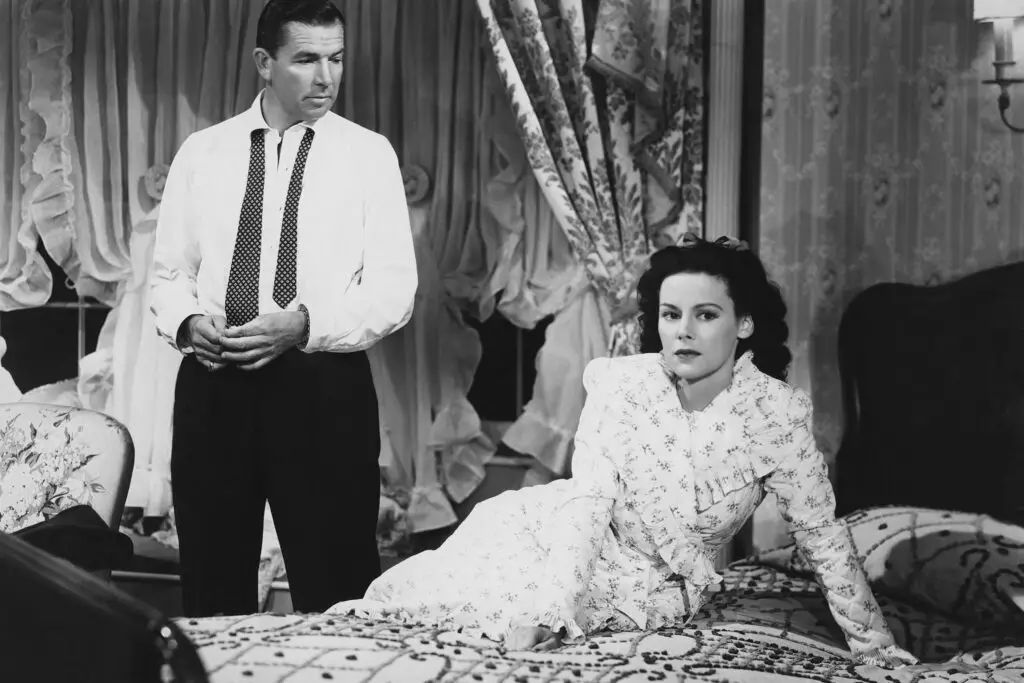
In the 1940s, women were often taught to keep their opinions to themselves, especially when it came to their husbands. The idea was that the man of the house should make the final decisions, and a wife’s role was to support him quietly. Disagreeing or voicing an opinion was seen as disrespectful and could lead to conflict.
Fast forward to today, and it’s clear that mutual respect and open communication are the keys to a healthy relationship. Partners who feel heard and valued are more likely to build a strong, lasting bond, where both contribute equally to decisions and problem-solving.
2. “A Woman’s Place Is in the Home”
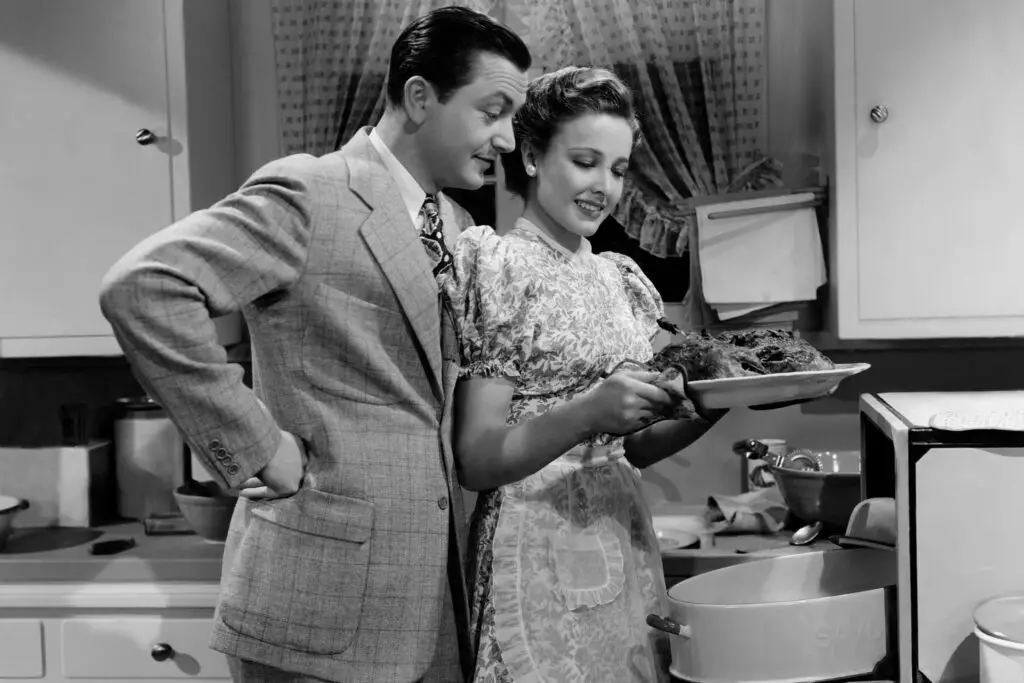
In the ’40s, marriage advice often leaned on the idea that women should stay at home, tending to the household and raising children. The belief was that a wife’s duties were domestic, and she should not have ambitions or goals outside of her husband’s needs.
Today, this notion would be considered outdated and limiting. Both partners are expected to contribute to the relationship, whether it’s through work, shared responsibilities, or personal goals. Women, just like men, are empowered to pursue careers, hobbies, and self-growth outside of their roles as homemakers.
3. “Never Let Him See You Cry”
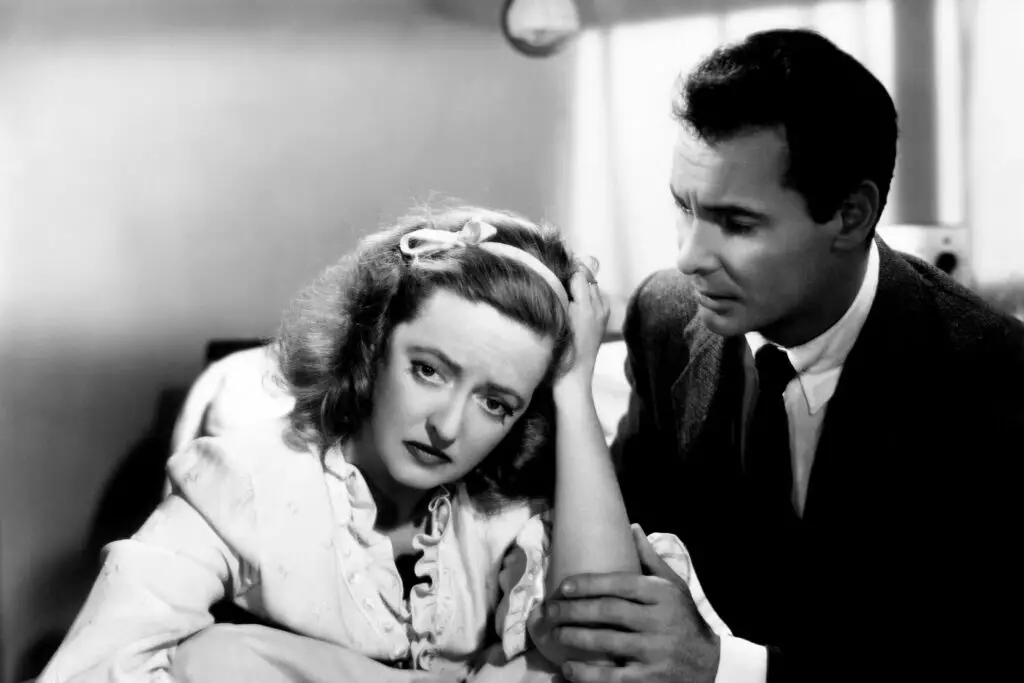
Emotions were often seen as a sign of weakness in the ’40s, and women were encouraged to suppress their feelings, especially in front of their husbands. The belief was that showing vulnerability or emotion would make a woman less attractive or desirable.
In modern relationships, emotional transparency is vital. Couples who are able to share their feelings, both the highs and the lows, tend to have stronger connections. Hiding emotions can create emotional distance, while vulnerability fosters closeness and trust.
4. “You Should Always Look Perfect for Him”
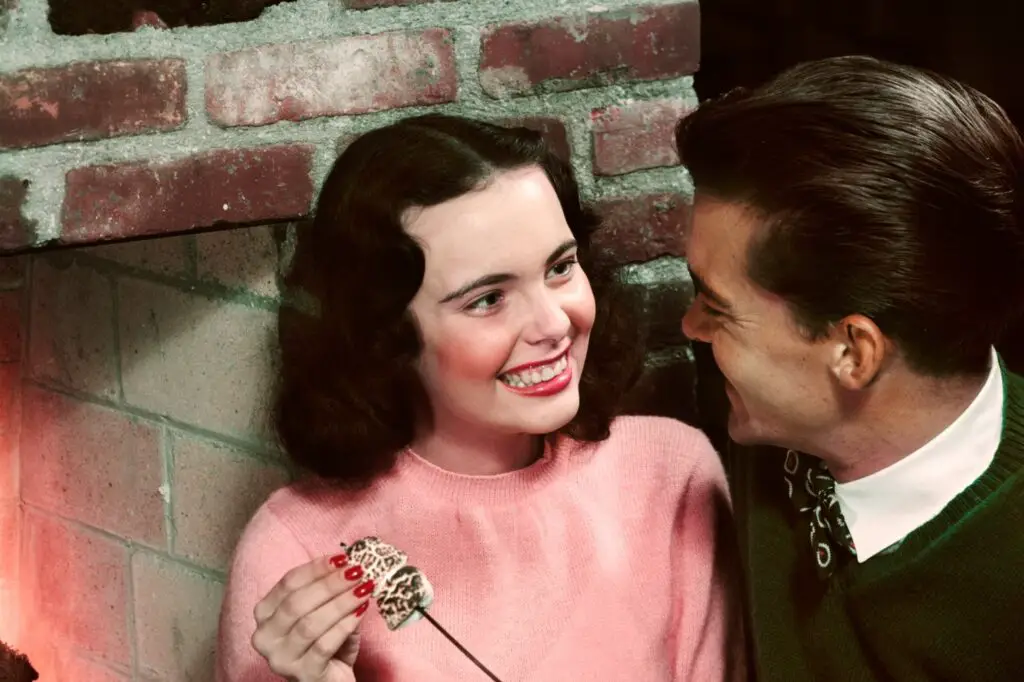
The idea of constantly maintaining a polished appearance for your husband was common in the ’40s. Women were advised to dress up, wear makeup, and look their best every day as a way to keep their husbands happy and interested.
Today, while looking after oneself is important, relationships are built on far more than just appearances. Real love and connection come from shared experiences, emotional intimacy, and mutual respect, not just how someone looks.
5. “A Good Wife Never Argues in Front of the Children”
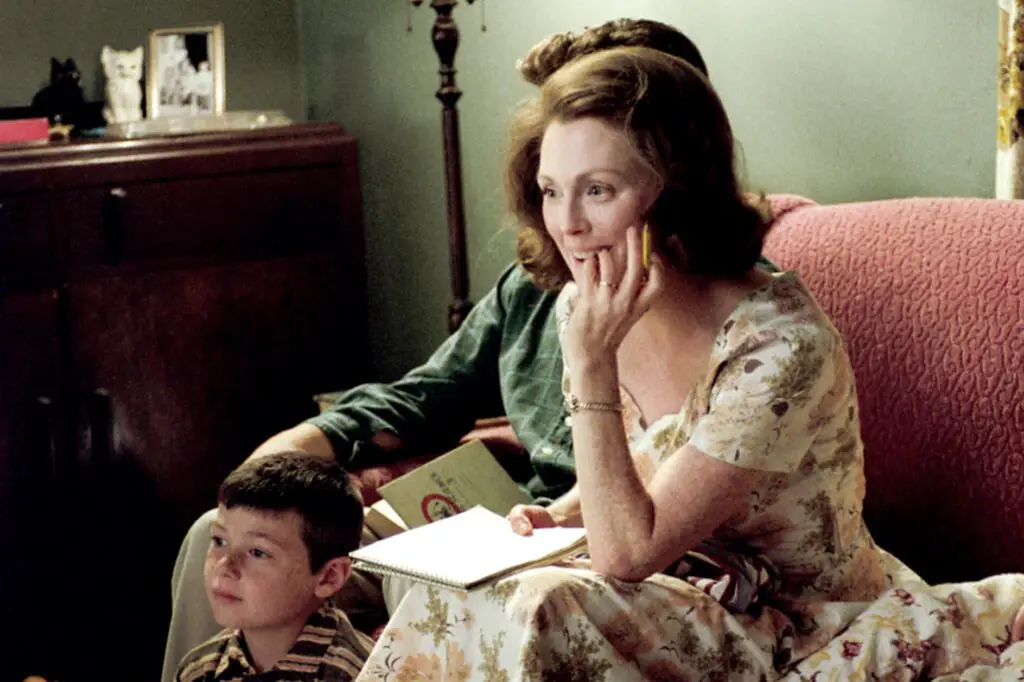
Back in the ’40s, it was believed that arguments between spouses should always be hidden from the children. The idea was that children should see their parents as perfect role models, and any conflict would shatter that illusion.
In contrast, today’s advice emphasizes the importance of modeling healthy conflict resolution. Children benefit from seeing how their parents work through disagreements respectfully and calmly. It teaches them that conflict doesn’t have to lead to disaster and can be resolved through communication.
6. “Marriage is About Sacrifice, Not Self-Expression”

In the ’40s, marriage was often seen as a one-sided commitment where women were expected to give up their personal desires and dreams to support their husbands. Sacrificing one’s own happiness for the sake of the marriage was considered virtuous.
In modern relationships, balance is key. Both partners are encouraged to support each other’s individual dreams and ambitions. A successful marriage is about finding harmony between shared goals and personal fulfillment, not just self-sacrifice.
7. “Don’t Rock the Boat, Keep the Peace”

For many couples in the ’40s, marriage advice centered around keeping the peace at all costs. Avoiding conflict, suppressing needs, and always agreeing with your partner were seen as ways to maintain a smooth and happy home.
Today, healthy relationships thrive on honesty and authenticity. It’s natural to have disagreements, but avoiding conflict altogether can lead to resentment. Healthy communication is the true foundation of peace in a marriage, not silence or submission.
8. “Your Husband Comes First, Children Come Second”
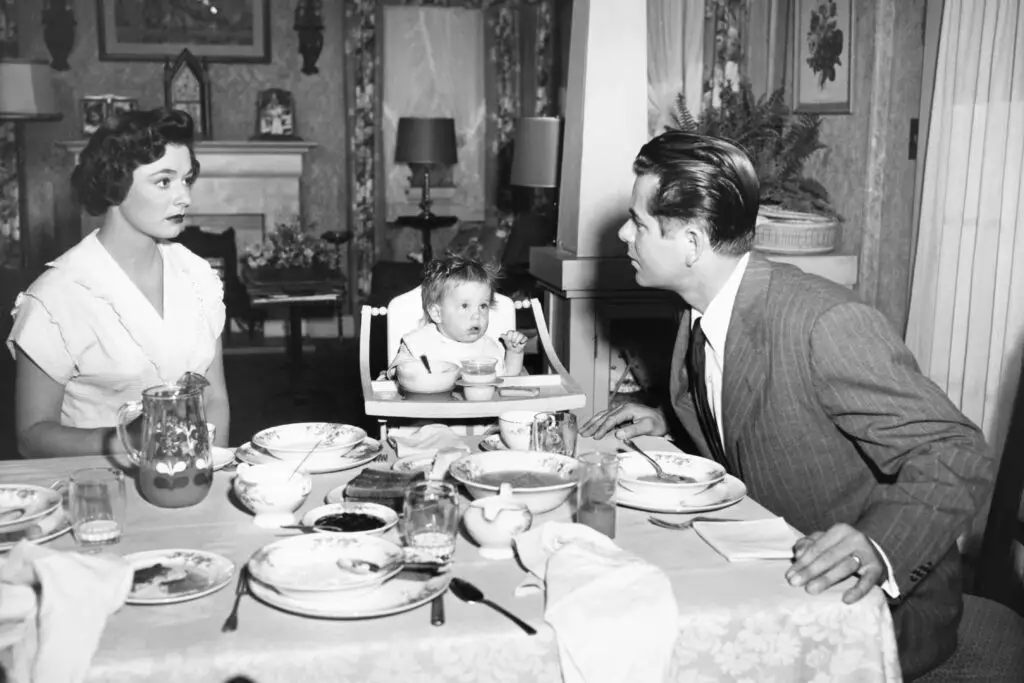
This piece of advice in the ’40s reinforced the notion that a woman’s loyalty should be first and foremost to her husband. Children were seen as secondary, and the role of mother was often secondary to being a wife.
Modern relationships recognize the importance of balance. A strong marriage is built on mutual respect and love, but the emotional well-being of both partners and children should be prioritized equally. Family dynamics today encourage both parents to work together to ensure everyone feels supported.
9. “Do Everything for Him, Including His Laundry”

The ’40s advice often centered around serving your husband in every way, including tasks like doing his laundry, cooking, and cleaning, sometimes to the detriment of personal well-being. Women were expected to take on all the domestic duties without question.
In today’s relationships, equality and shared responsibilities are essential. Both partners are expected to contribute to household chores, allowing for a balanced partnership. The idea of one partner doing everything for the other has evolved into a more cooperative approach where both individuals contribute to the family dynamic.
10. “Never Tell Him What You Spend”
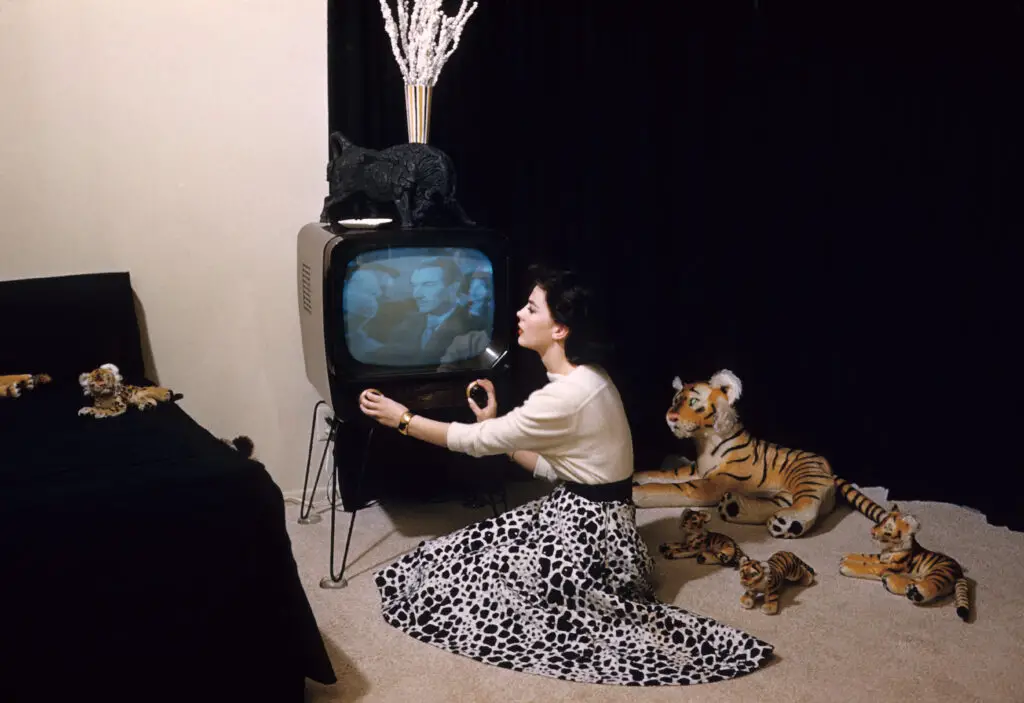
Financial secrecy was a common practice in the ’40s, with advice that women should never reveal how much money they were spending, even if it was on essentials like groceries. The thought was that managing finances was the husband’s job, and a wife’s role was to stay out of it.
Now, financial transparency is a vital part of any healthy marriage. Both partners should be involved in managing finances, discussing budgets, and setting long-term goals together. Open conversations about money foster trust and prevent future misunderstandings or conflicts.
11. “Always Agree with His Family”

In the ’40s, women were often expected to conform to the opinions and preferences of their husband’s family, even if it meant suppressing their own feelings. The belief was that to maintain a harmonious marriage, a woman should always support her husband’s family, even at the expense of her own comfort.
In modern times, while family is important, marriage is about mutual respect and equality between both partners. Healthy boundaries are encouraged, where both partners can have a say in how to navigate relationships with extended family. It’s about creating a united front, rather than prioritizing one side over the other.
12. “Keep a Smile on Your Face, No Matter What”
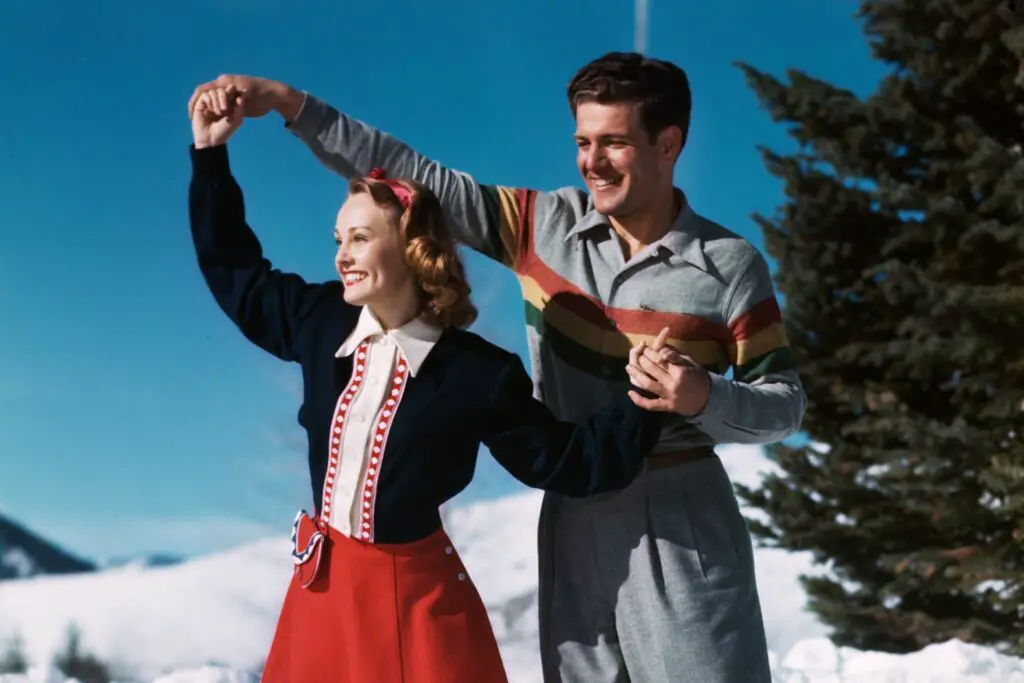
During the ’40s, women were encouraged to maintain a cheerful demeanor, no matter the circumstances. The expectation was that a wife’s happiness should be secondary to keeping up appearances and ensuring her husband’s well-being.
Today, it’s recognized that it’s okay to not always be happy or smiling. Marriage thrives on authenticity, and pretending everything is perfect all the time can lead to emotional disconnect. Vulnerability, honesty, and sharing real emotions are essential for a healthy, strong partnership.
13. “Never Go to Bed Angry”
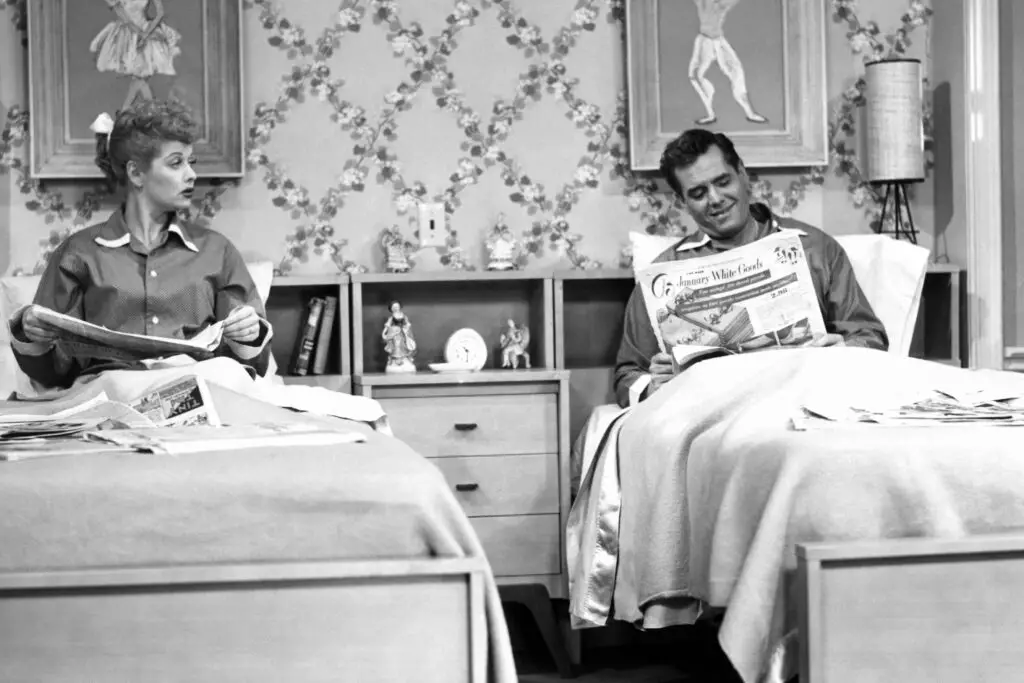
This age-old piece of advice from the ’40s suggested that any disagreement or conflict should be resolved before going to bed. The fear was that going to bed angry could lead to bigger problems down the road.
While it’s important to address issues, sometimes it’s better to take a break and revisit a conversation when both parties are calm. Pushing for immediate resolution can escalate arguments, while taking time to cool off often leads to more productive discussions.
